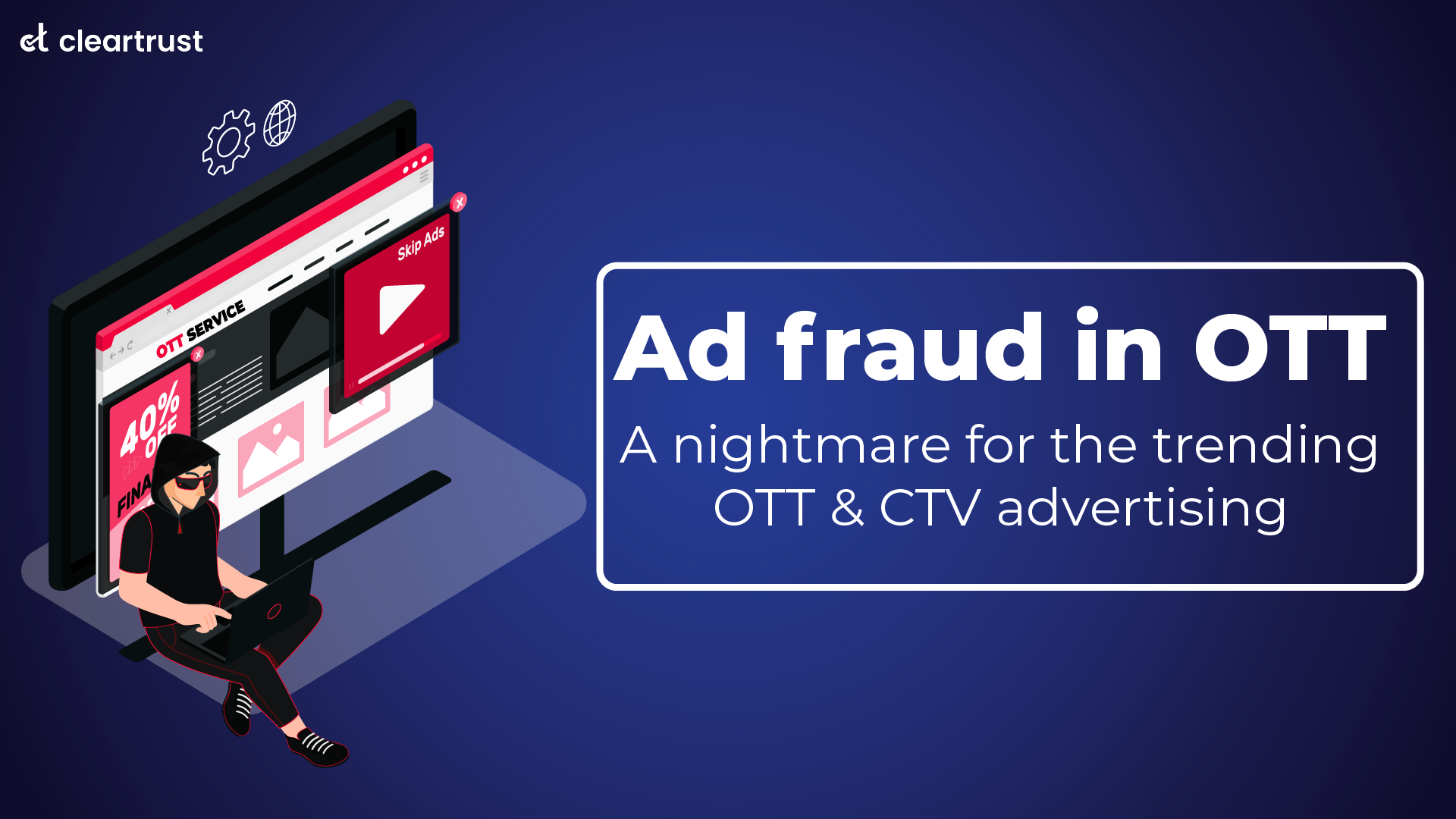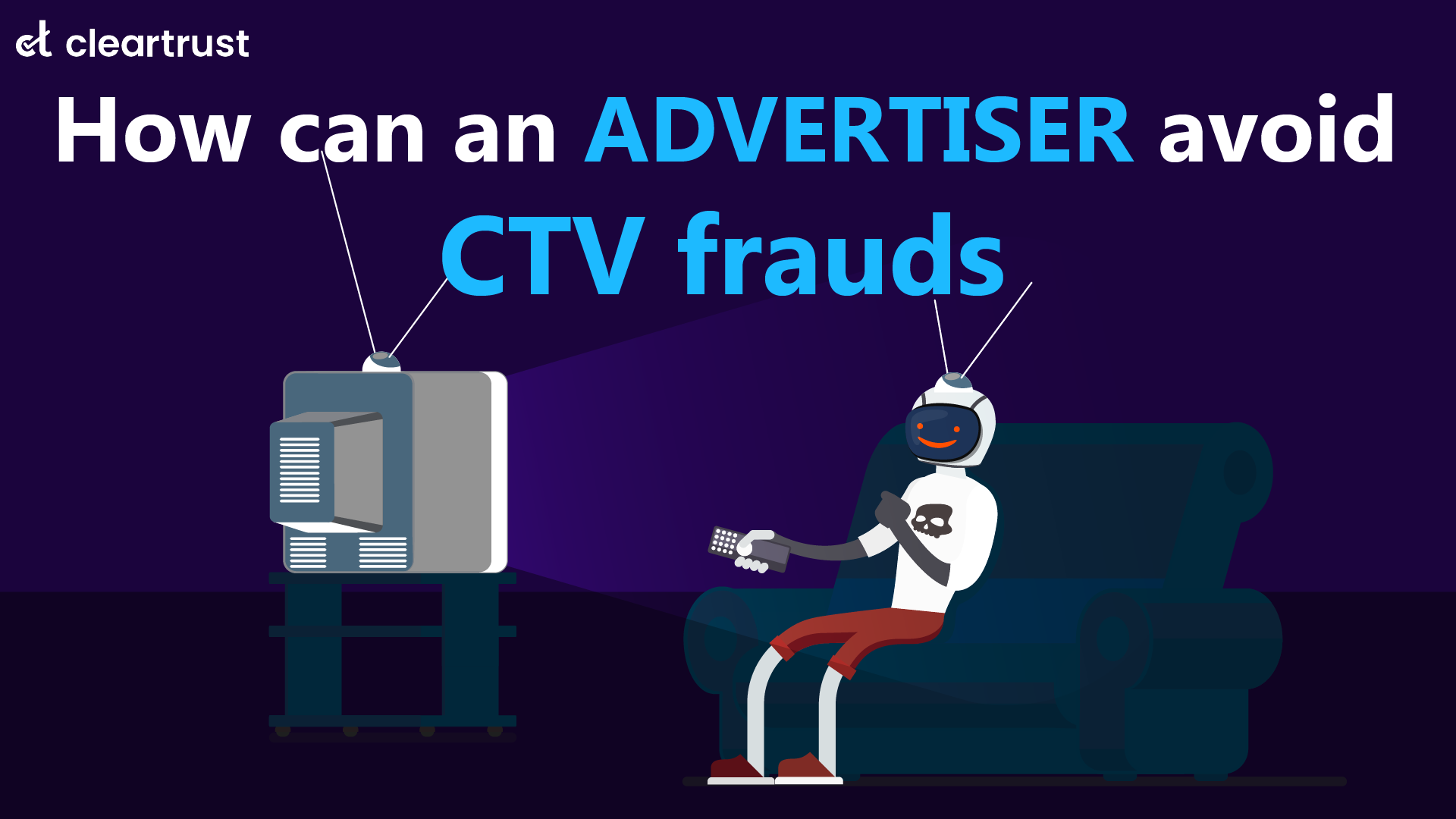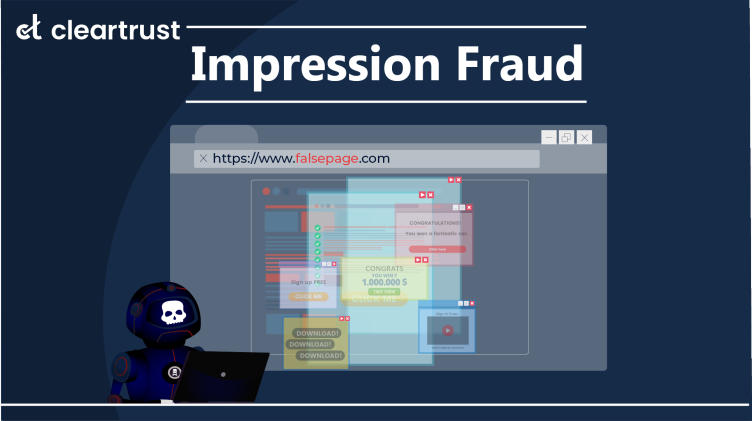In the fast-paced world of digital advertising, the rise of OTT (Over-The-Top) and CTV (Connected TV) advertising has been nothing short of revolutionary. OTT advertising has transformed the way we consume video content, giving us the freedom to stream our favourite shows and movies across multiple devices, at any time we please. Before the pandemic, OTT & CTV advertising was already making strides, but it hadn't reached its full potential. Advertisers and publishers were dipping their toes into this new frontier, experimenting with ad formats and targeting options. The industry was poised for growth, but few could predict the colossal impact the pandemic would have on the adoption of OTT and CTV platforms.
The COVID-19 pandemic dramatically accelerated the shift towards digital content consumption. With people stuck at home, the demand for streaming services skyrocketed. OTT CTV advertising became the go-to channel for advertisers looking to reach their target audiences, offering highly engaging and personalized ad experiences. According to Statista, OTT video advertising has a market volume of US$176.60bn in 2023.
How does ad fraud take place on OTT platforms?
Ad fraud in OTT is an area yet to be fully explored as this segment is gaining traction with time. However, an important thing to be noted here is the manner in which ads are served in OTT. While video ads are mainly served through a Content Delivery Network (CDN), Server Side Ad Insertion (SSAI) is becoming increasingly prominent in OTT advertising.
Server-side ad Insertion (SSAI) is a technology used in OTT (Over-The-Top) advertising to seamlessly insert ads into streaming content, providing a smoother viewer experience. However, while SSAI offers many advantages, it can also inadvertently open the door to ad fraud in OTT. Here's how.

- Lack of Client-Side Verification - SSAI typically occurs on the server side, meaning that ads are stitched into the content stream before reaching the viewer's device. This prevents client-side ad verification tools, which are commonly used to detect ad fraud, from assessing the ad's legitimacy.
-
Concealed User Data- SSAI often masks user data, making it challenging to identify fraudulent or non-human traffic patterns. Fraudsters can exploit this anonymity to generate fake impressions and clicks, evading detection.
-
Ad Stacking and Domain Spoofing - Similar to client-side ad fraud, ad stacking and domain spoofing techniques can be applied to SSAI. Fraudsters may insert multiple ads within the same SSAI session or impersonate legitimate content providers, deceiving advertisers and siphoning ad budgets.
-
Impression Inflation- SSAI can inadvertently inflate impression counts as it may count an impression each time the server-side stitching occurs, even if the ad is never viewed by an actual user. This results in advertisers paying for non-viewable impressions.
-
Limited Transparency- The server-side nature of SSAI can limit transparency, making it challenging for advertisers to track the ad's journey and verify its delivery to genuine viewers.
Why is OTT ad fraud difficult to detect?
OTT (Over-The-Top) ad fraud is notoriously difficult to detect due to its unique characteristics and the evolving tactics employed by fraudsters.
- Limited Access to User Data- Protecting user privacy is a top priority in OTT platforms. As a result, advertisers and publishers often have limited access to detailed user data. This lack of user-level information makes it difficult to identify suspicious patterns or behaviours that could indicate ad fraud. Fraudsters exploit this anonymity to generate fake impressions and interactions that blend in with genuine user activity.
- Complex Ecosystem and Supply Chain- The OTT advertising ecosystem involves various stakeholders, including content providers, ad networks, intermediaries, and advertisers. This complexity can make it challenging to pinpoint the source of ad fraud. Fraudsters can hide behind multiple layers of intermediaries, making it harder for advertisers to track down and address fraudulent activity.
- Evolving Tactics and Techniques- Ad fraudsters are highly adaptive and continually refine their tactics to evade detection. They employ sophisticated techniques like ad stacking, domain spoofing, and pixel stuffing, among others, to make fraudulent impressions and clicks appear legitimate. This constant evolution requires continuous vigilance and advanced detection methods to keep up.
- Lack of Standardization- OTT ad standards and measurement practices are still evolving. Unlike traditional TV advertising, where measurement is well-established, the OTT landscape lacks uniform standards for metrics and viewability. This lack of standardization makes it challenging to define what constitutes ad fraud and measure it consistently across different platforms and devices.
While OTT ad fraud detection presents these challenges in detection, OTT & CTV advertising is here to stay, and it's imperative that all stakeholders work together to ensure its integrity. By staying informed and proactive and integrating with ad fraud detection brands like ClearTrust, advertisers and publishers can turn this digital advertising nightmare into a dream come true, where genuine engagement and ROI prevail in the world of OTT CTV advertising.












